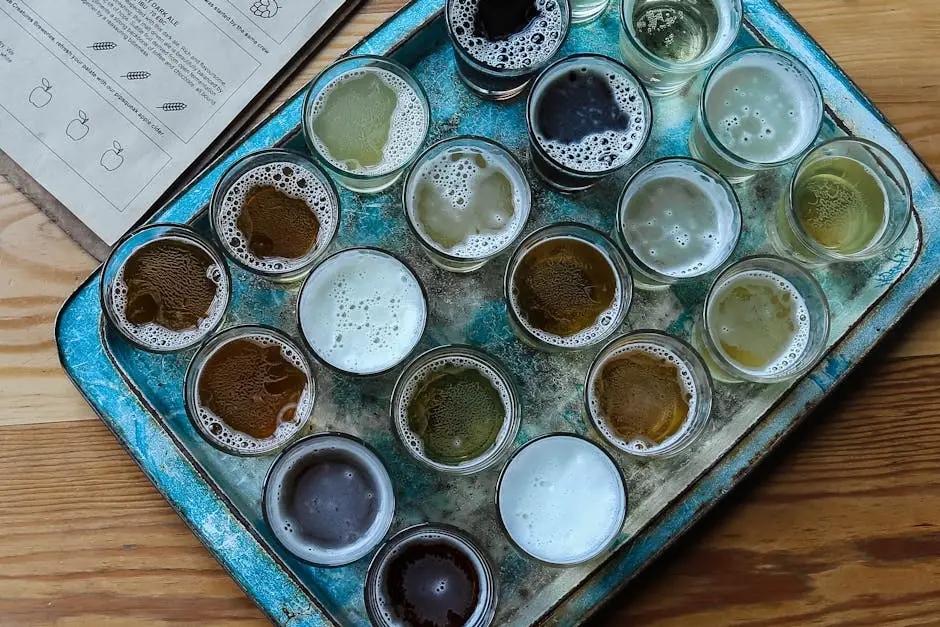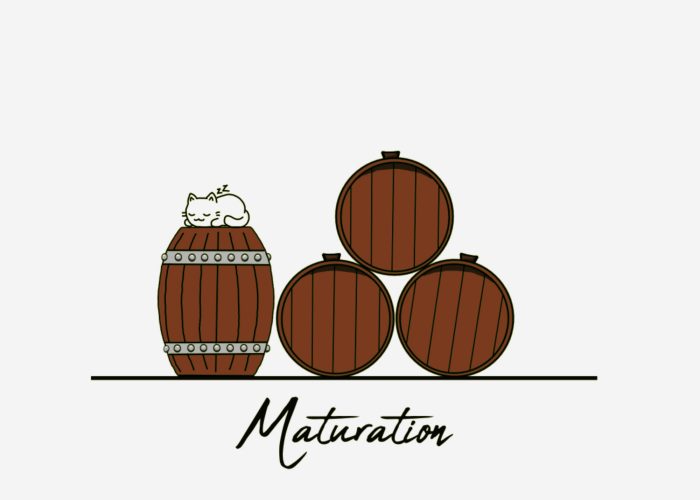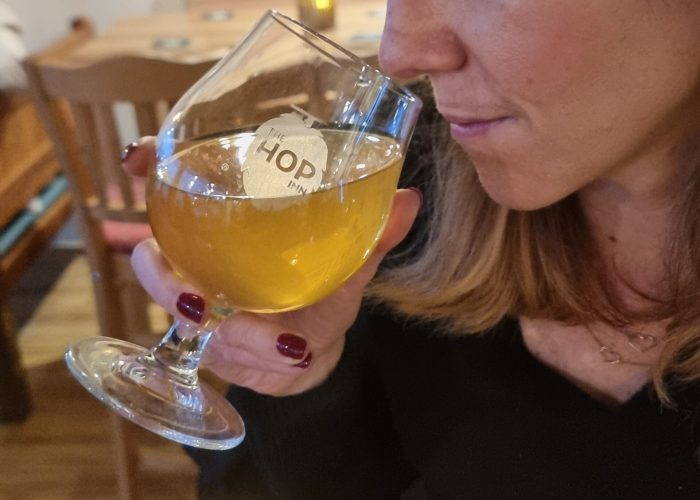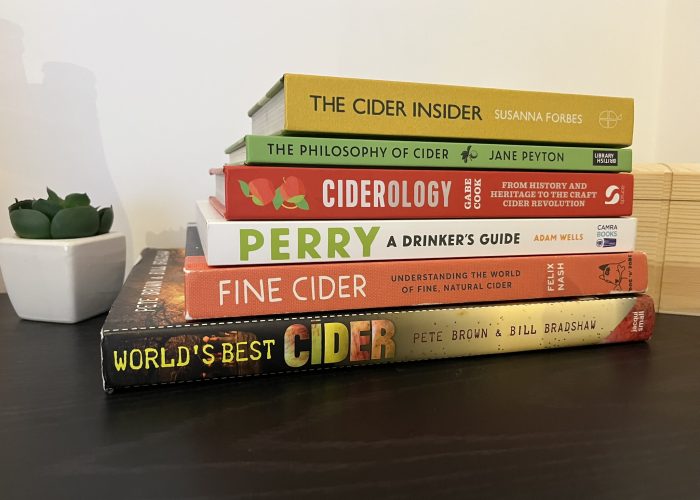What is cider?
If you are reading this, it’s because you are looking for a simple answer. So here it is for you:
Cider is a beverage resulting from the fermentation of apple juice, whereby sugar contained in the apple juice is converted into alcohol.
Cider is a beautifully elegant and underestimated drink, with enormous versatility and a vast spectrum of flavour profiles. It can be sweet, bone dry and everything in between. It can be lively, bubbly or clean still. It can be almost transparent or hazy and rich in colour. Just like its famous cousin wine, there is cider for any personal taste.
So let’s start from the beginning.

Cider is a beautifully elegant and underestimated drink, with enormous versatility and a vast spectrum of flavour profiles. It can be sweet, bone dry and everything in between. It can be lively, bubbly or clean still. It can be almost transparent or hazy and rich in colour. Just like its famous cousin wine, there is cider for any personal taste.
So let’s start from the beginning.
Cider is...
Cider is a beverage made from fermented apple juice. Yes, it starts with apples, but the transformation is what makes it special. Through fermentation, the natural sugars in apple juice are converted into alcohol, resulting in a drink that’s tangy, sweet, or even bone-dry, depending on how it’s made.
What makes cider stand out is its personality. Similar but different to wine, as fun as beer but more refined. Cider exists in its own category, offering something unique to any drinker.

What does cider look and taste like?
Taste of cider cannot be summarised in one or a few sentences; there are so many different styles and types of ciders that they can be completely opposite to each other– not all ciders taste like apples, and no good ciders taste like Strongbow. Nonetheless there are a few things you can expect:
- Colour: hues ranging from very pale almost transparent yellow/green colors to rich amber hazy tones;
- Transparency: you can find clear filtered ciders as well as hazy funky ones
- Sweetness: from bone dry, crisp ciders to intensely sweet ones
- Mouthfeel: texture can vary from impalpably light to bold full-body
- Flavour notes: depending on apple varieties and fermentation process, ciders can have a vast range of tasting notes, from fresh and floral to rich baked caramel .
Cider flavour profiles can make it an extremely versatile drink, able to pair with different dishes (much more so than beer) and to resonate with different palates. Most importantly, tasting notes and flavours can be perceived differently depending on what you pair the cider with, how trained one’s palate is and and their surroundings when tasting.
Names for cider around the world
Cider is known by different names around the world, often reflecting local language and culture around cider itself.
English-Speaking Countries
- United Kingdom & Ireland: Known as cider and often associated with traditional, stronger, and sometimes cloudy versions.
- United States & Canada: Simply called cider, but in the U.S., hard cider specifically refers to the alcoholic version, as “cider” alone can mean non-alcoholic apple juice
- Australia & New Zealand: here it’s referred to as cider, like in the UK, with a growing craft cider industry showcasing local apple varieties
- South Africa: Known as cider, and it’s often dominated by commercial brands like Savanna or Hunter’s.
Europe
- France: Called cidre (pronounced “seed-ruh”), particularly popular in Normandy and Brittany, where it’s often enjoyed with crepes.
- Spain: Known as sidra, especially in the Asturias and Basque regions, where it’s traditionally poured from a height to aerate the drink.
- Germany: Called Apfelwein (apple wine), commonly found in Hesse and Frankfurt.
- Italy: Often referred to as sidro, though less common than wine, it’s mostly known and drunk in northern regions
Asia
- Japan: Called サイダー (pronounced “saidā”), though this term often refers to a fizzy soda-like beverage rather than alcoholic cider. Alcoholic cider is typically imported and labeled in English.
- China: Known as 苹果酒 (píngguǒ jiǔ), literally translating to “apple wine.”
- Korea: While cider isn’t traditionally part of the culture, imported ciders are gaining popularity, usually labeled in English.
Latin America
- Mexico & Other Spanish-Speaking Countries: Referred to as sidra, often enjoyed during Christmas and New Year celebrations.
- Argentina: Again known as sidra, it’s a popular celebratory drink, much like sparkling wine.
Other Regional Variations
- Poland: Known as cydr, and its popularity is on the rise, especially among younger drinkers.
- Russia: Called сидр (sidr), and while not as traditional, it’s becoming more widely available.
The name and cultural context often reflect local drinking traditions and the role cider plays in celebrations and everyday life.
Where does cider come from?

The history of cider dates back to pre-Roman times, when apple trees were first domesticated in the region between the Caspian and Black Sea around 3,000 BCE. But it was around 55 BCE – when Julius Caesar attempted to invade Britain – that we have the first written reference to cider.
Cider was a popular drink in Roman times, and continued to remain prominent in Medieval Europe, especially in regions that are now part of Spain, France and the United Kingdom. Unique styles emerged, giving birth to what we now know as French cider, or “cidre”, Spain’s Asturias’ and Basque region “sidra” and traditional English cider.
Today cider is available all over the world, and produced in many regions in Central Europe, USA and Canada, Australia, New Zealand and South Africa. More and more countries are discovering the beauty of cider and more producers from all over the world are entering the market.
Learn more about cider

Cider styles and categories
Discover different cider styles and types, how and where they are made and learn how to differenciate them.

How cider is made
Have you ever wondered how is cider made? What does it take to create this wonderful drink? It is quite an interesting process.

How to taste cider
Dry, sweet, sparkling or effervescent? Fruity or tannic? How to identify cider flavour profile and notes? Discover here how to taste cider.

History of cider
ake a stroll through its fascinating (and surprisingly ancient) history—starting with the heart of (most) ciders, the apples themselves.
